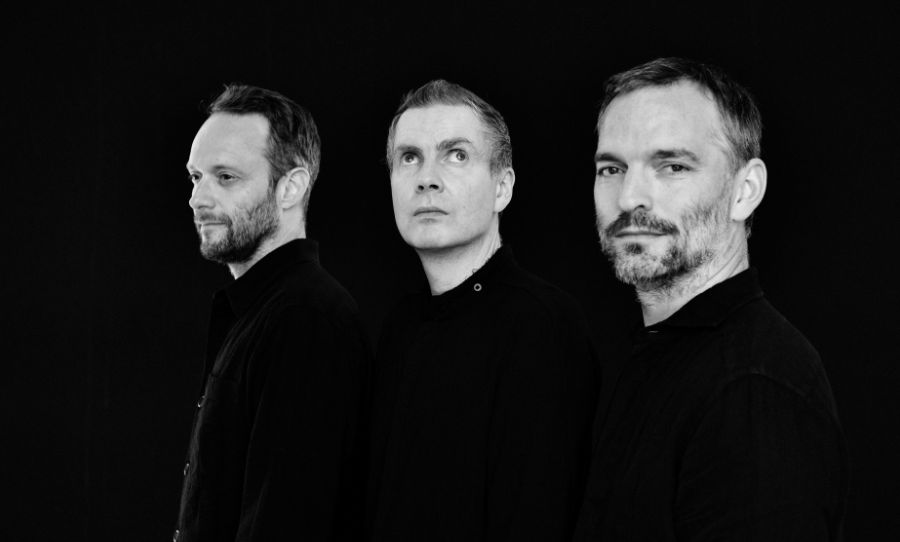Iceland’s most active volcano Grímsvötn has shown signs that it is about to erupt for the first time since 2011.
The ice-covered giant Grímsvötn looks like it will end 2020 with a violent bang, after the quietest year in recorded history on behalf of COVID-19. The pandemic has already crippled Europe’s air travel industry, and experts say the volcano erupting will only hit the travel industry harder.
Grímsvötn last erupted in 2011, closing all four of the country’s airports and cancelling over 900 flights. If the last eruption was anything to go off, it is going to be equally amazing and terrifying.

Grímsvötn is not your average volcano, as it lies almost completely under ice. The heat output from underground is extremely high (2000-4000MW), which causes the ice to melt and form lakes up to 100 metres deep.
The volcano is also extremely sensitive to pressure changes. As the water from its lakes escape down channels, it causes flooding of roads and washed away bridges. This change in pressure from water escaping can even trigger eruptions, as it has done over 65 times in the past 800 years.

Experts say despite not being able to accurately predict dates when a volcano will erupt, clear signs are beginning to show through the cracks.
Grímsvötn has been inflating as new magma is moving into the channels where its water escapes, which has increased thermal activity and consequently a spike in earthquakes recently. It is likely that as magma moves towards the surface and the volcano is about to erupt, Iceland will feel more intense and frequent earthquakes that will last as long as 10 hours.

The best-case scenario for Icelanders right now is that the eruption is small and uses up most of its energy when it hits the water and ice at the surface, causing the ash to get wet and heavy, falling from the sky quicker.
This will result in ash clouds only travelling a few tens of kilometres from the volcano, avoiding impacts upon flight paths in Iceland and northern Europe.
Make sure to keep your eyes peeled for an eruption epic enough to pay tribute to Eddie Van Halen (RIP).



